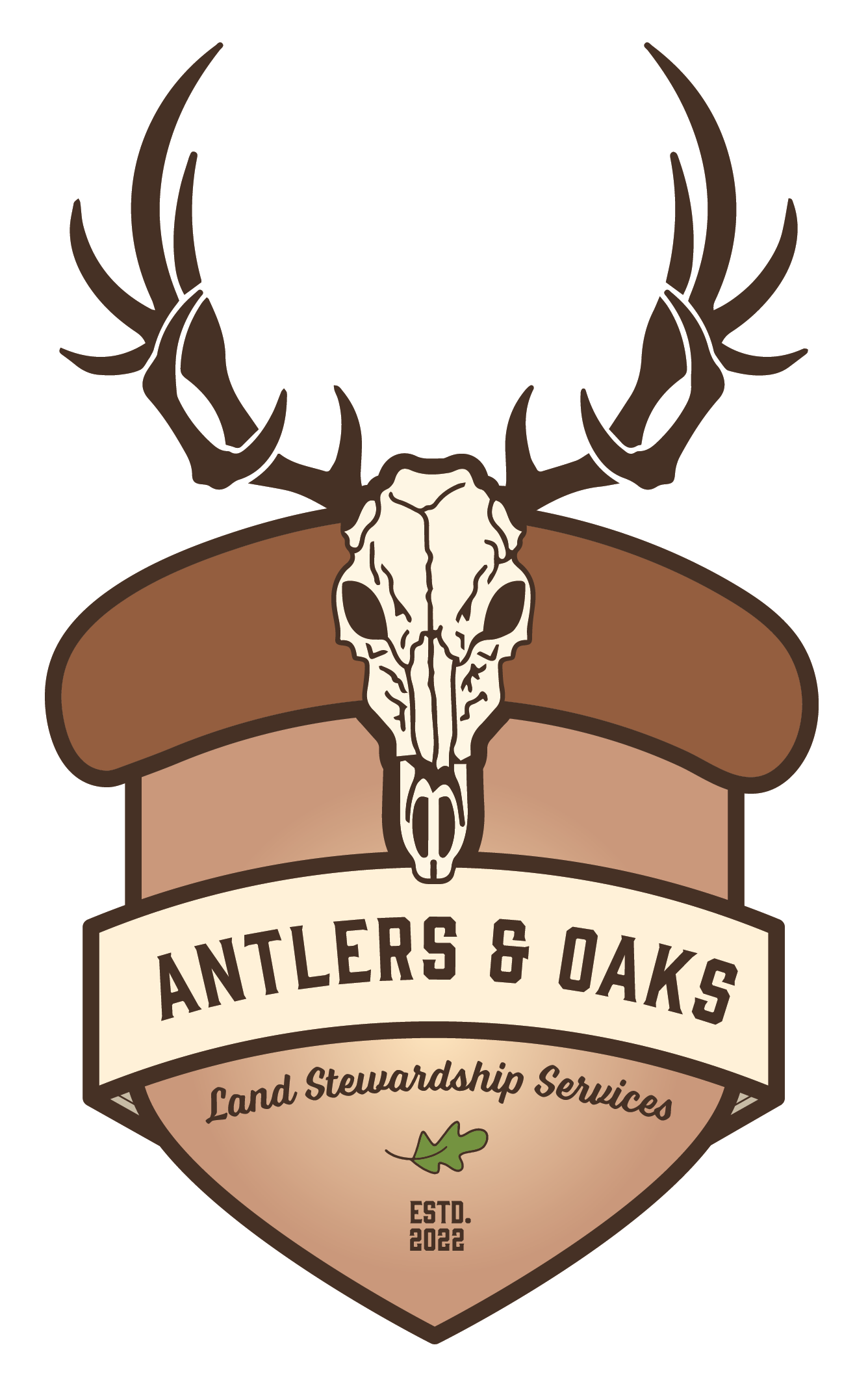Critical Turkey Habitat Elements – Understanding your property’s limiting conditions to improve eastern wild turkey use.
The top habitat elements for eastern wild turkey conservation are:
● Openings: These are areas of grasses, forbs, and shrubs that provide food and cover for turkeys. Openings can be created and maintained by, burning, disking, or planting and under certain conditions, mowing at specific times and under specific conditions. Openings in forest or woodland habitats also attract insects, which are important for poult survival.
● Mast-producing trees and shrubs: These are plants that produce nuts, fruits, berries, or seeds that turkeys eat. Examples are oaks, hickories, dogwoods, blackberries, and blueberries. In particular, Post oaks have great benefits since the mature acorns are typically small enough that turkeys can eat the acorns whole. Planting and managing these species well can enhance food availability for turkeys throughout the year.
● Protective roosting and nesting cover: These are areas of dense vegetation that provide shelter and concealment for turkeys. Roosting cover is usually tall trees with horizontal branches that turkeys can perch on at night. Nesting cover is usually low-growing plants that hide nests from predators. Examples are pines, cedars, native honeysuckle, and briars.
● Native warm-grasses and forbs: These are plants that grow naturally in the region and provide food and cover for turkeys. Native grasses and forbs can be established by planting seeds or plugs, or by reducing competition from invasive plants. Examples are switchgrass, bluestem, clover, sunflower, and milkweed.
● Timber stand improvement (TSI): This is a practice that involves thinning, pruning, or removing trees to improve the health and diversity of the forest. TSI can benefit turkeys by increasing sunlight penetration through the tree canopy and reaching the forest floor, stimulating understory growth, creating openings, and enhancing mast production.
These are some of the ways to improve wild turkey habitat and conserve this amazing bird species. I would be honored to assess your land and develop a custom management plan to help you be a critical steward of this amazing native game bird and conserve this species into the future. Send us an email to schedule a tour of your property.

